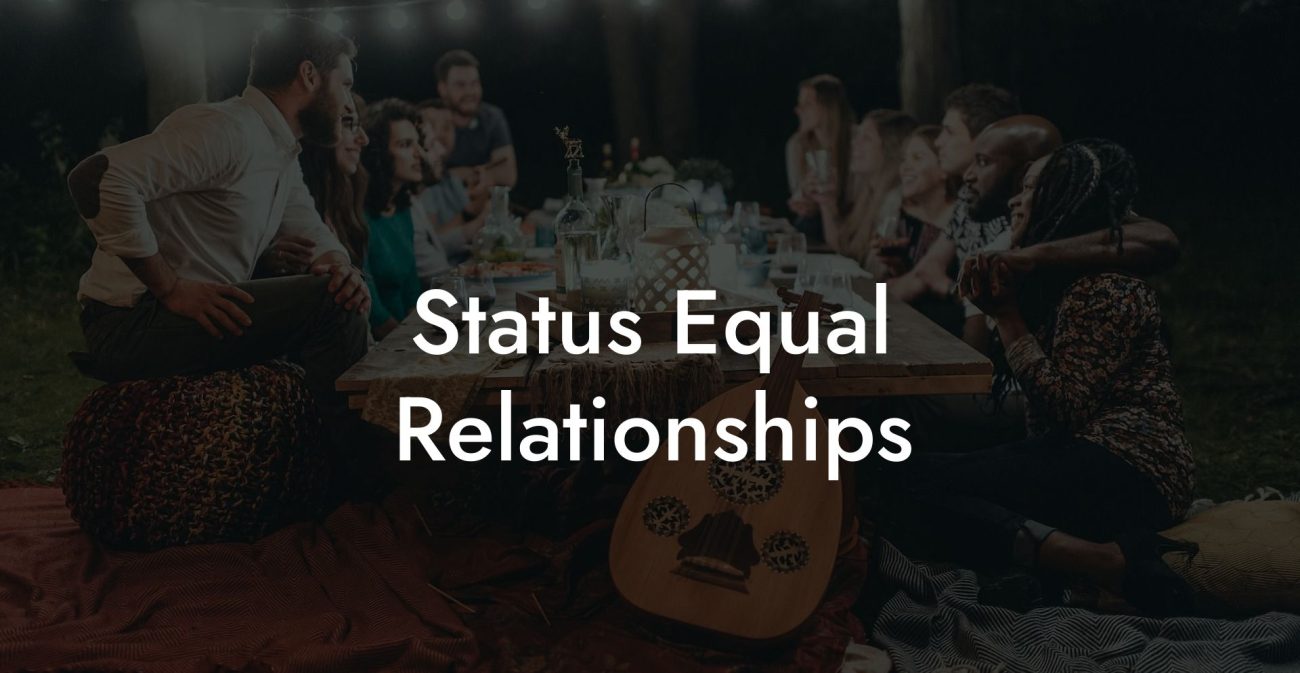Guide to What Is Another Name For Polygamy?

Whether you are researching alternative relationship structures or simply curious about the terminology, this guide provides clear explanations, historical context, and practical insights to help you navigate conversations about plural relationships.
Quick Links to Useful Sections
- What Does Polygamy Mean?
- Definition of Polygamy
- Common Synonyms for Polygamy
- Plural Marriage
- Multiple Marriage
- Group Marriage
- Distinctions: Polygamy vs. Polyamory and Other Terms
- Polygamy vs. Polyamory
- Bigamy: A Legal Term
- Historical and Cultural Context of Terminology
- Evolution of the Terms
- FAQ: Your What Does Another Name For Polygamy Questions Answered
What Does Polygamy Mean?
Definition of Polygamy
Polygamy refers to the practice of having more than one spouse at the same time. It is most commonly seen in the form of polygyny, where one man is married to multiple women, and polyandry, where one woman is married to multiple men. The practice is often rooted in cultural, religious, or social traditions and has been present in various societies throughout history.
Common Synonyms for Polygamy
Plural Marriage
The most widely recognized alternative name for polygamy is "plural marriage." This term emphasizes the idea of having multiple marital bonds concurrently and is often used in academic, legal, and cultural discussions. Plural marriage underscores the collective nature of the relationships while remaining neutral in tone.
Multiple Marriage
Another term sometimes used is "multiple marriage." Although less common than plural marriage, it conveys a similar meaning by highlighting the existence of more than one marital union at a time.
Group Marriage
In some contexts, you might also encounter the term "group marriage." This term is used when three or more individuals form a single, interconnected marital unit. While group marriage is a specific form of plural marriage, it is sometimes used interchangeably with polygamy in discussions about non-traditional relationship structures.
Distinctions: Polygamy vs. Polyamory and Other Terms
Polygamy vs. Polyamory
It is important to note that polygamy and polyamory are not synonymous. While polygamy involves multiple marriages (often with legal or cultural recognition), polyamory refers to engaging in multiple consensual romantic or sexual relationships without the formal commitment of marriage. Polyamory is generally more fluid and does not necessarily adhere to hierarchical structures.
Bigamy: A Legal Term
Another term that is sometimes mistakenly used as a synonym for polygamy is "bigamy." However, bigamy is a legal term that refers to the act of marrying someone while still being legally married to another person. Unlike polygamy, which can be a consensual and culturally accepted practice in some societies, bigamy is typically illegal and is considered a criminal offense in many jurisdictions.
Historical and Cultural Context of Terminology
Evolution of the Terms
Historically, many societies that practiced polygamy referred to it as plural marriage. This terminology was often used in religious texts and cultural narratives to describe the established norms of family and social structure. In modern discussions, the term "plural marriage" has gained traction as a neutral descriptor that avoids the negative connotations sometimes associated with polygamy.
As alternative relationship models become more visible, it is essential to use clear and respectful language that accurately represents the experiences of those involved.
FAQ: Your What Does Another Name For Polygamy Questions Answered
1. What is another common name for polygamy?
Another common name for polygamy is "plural marriage." This term is widely used to describe the practice of having more than one spouse at the same time.
2. Is "multiple marriage" the same as polygamy?
Yes, "multiple marriage" is another term used to refer to polygamy. It conveys the same concept of being married to more than one person simultaneously, although it is less commonly used than "plural marriage."
3. How does group marriage relate to polygamy?
Group marriage is a specific form of plural marriage in which three or more people form a single, interconnected marital unit. While it falls under the umbrella of polygamy, it is a more specific configuration and is sometimes distinguished from other forms of polygamy.
4. What is the difference between polygamy and polyamory?
Polygamy involves multiple marriages, often with legal or religious recognition, whereas polyamory refers to engaging in multiple consensual romantic or sexual relationships without the formal commitment of marriage.
5. Is bigamy the same as polygamy?
No, bigamy is not the same as polygamy. Bigamy is a legal term referring to marrying someone while already being legally married to another person, and it is generally illegal. Polygamy, on the other hand, refers to the practice of having multiple spouses simultaneously and may be culturally or religiously sanctioned in some contexts.
Resources and Community Support: Your Next Steps
- "The Ethical Slut" by Dossie Easton & Janet Hardy – A seminal work on alternative relationships that offers insights into plural relationships and ethical non-monogamy.
- "More Than Two" by Franklin Veaux & Eve Rickert – A comprehensive guide to managing multiple relationships, providing practical advice and context for understanding polygamy.
- Podcasts: Listen to "Multiamory" and "Polyamory Weekly" for engaging discussions on non-monogamous lifestyles and diverse relationship models.
- Online Communities: Join forums like r/polyamory and other social media groups to share experiences and gather further insights.
- Workshops and Seminars: Attend events and webinars focused on ethical non-monogamy to expand your knowledge and connect with like-minded individuals.
By exploring these resources and applying the strategies outlined in this guide, you can develop a clear and informed understanding of what polygamy means and how various terms like "plural marriage," "multiple marriage," and "group marriage" are used. Embrace continuous learning, open dialogue, and self-reflection as you navigate the diverse landscape of alternative relationship models.
Lost & confused by all of the terms, types and seemingly made up 3 letter acronyms?? We've got you. Check out our Ethnical Non-Monogamy Dictionary >>
Useful Interruption: Not sure which relationship vibe fits you best? Take our Relationship Test, it’ll give you the real insight into your natural relationship style. Then, dive into our binge-worthy guides (from the tried-and-true to the “wait, that’s a thing?”) and find the perfect relationship type for your life:
- Monogamy
- Open Relationships
- Ethical Non-Monogamy
- Solo Polyamory
- Non-Hierarchical Polyamory
- Hierarchical Polyamory
- Relationship Anarchy
- Swinging
Now back to the main article but yeah take the test...












